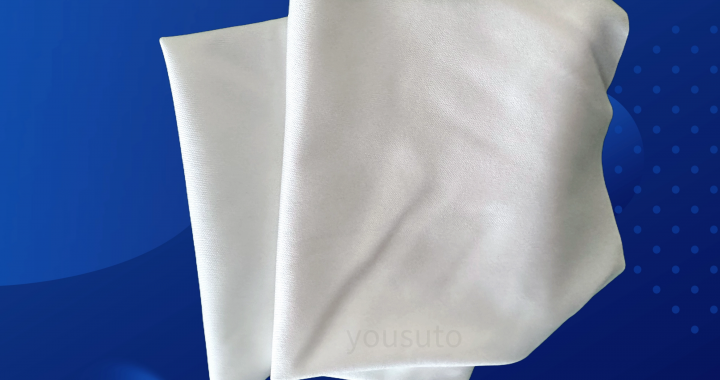High-density cleanroom wipes are ideal for cleaning optical lenses and precision instruments. Their design maximizes particle capture and absorption, ensuring streak-free, safe cleaning.
Key Features:
-
High Fiber Density: Captures dust, oils, and residues effectively.
-
Lint-Free: Prevents fiber deposits on delicate lens surfaces.
-
High Absorbency: Quickly removes oils, fingerprints, and liquids.
-
Durable: Resists tearing during rigorous cleaning tasks.
Applications:
-
Camera Lenses: Safely clean without scratching or streaks.
-
Microscope Optics: Maintains clarity and precision for lab instruments.
-
Telescope Lenses: Removes dust and residues from sensitive surfaces.
-
Cleanroom Optical Equipment: Supports particle-free and ESD-safe environments.
Best Practices:
-
Single Use: Dispose of wipes after each cleaning session.
-
Unidirectional Wiping: Prevents redepositing particles.
-
Gloves Recommended: Avoid contamination from hands.
-
Proper Storage: Keep sealed and dry to maintain performance.






